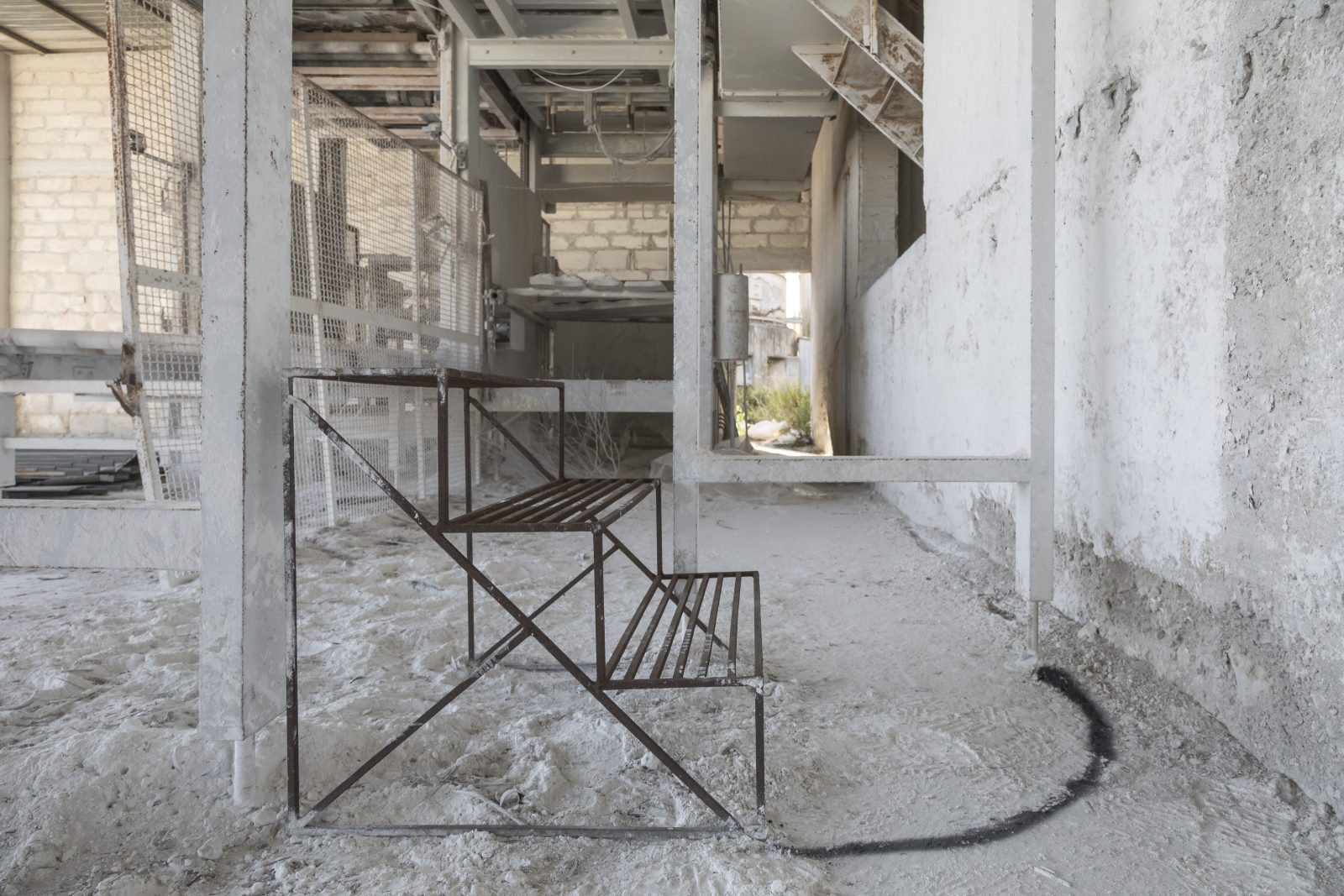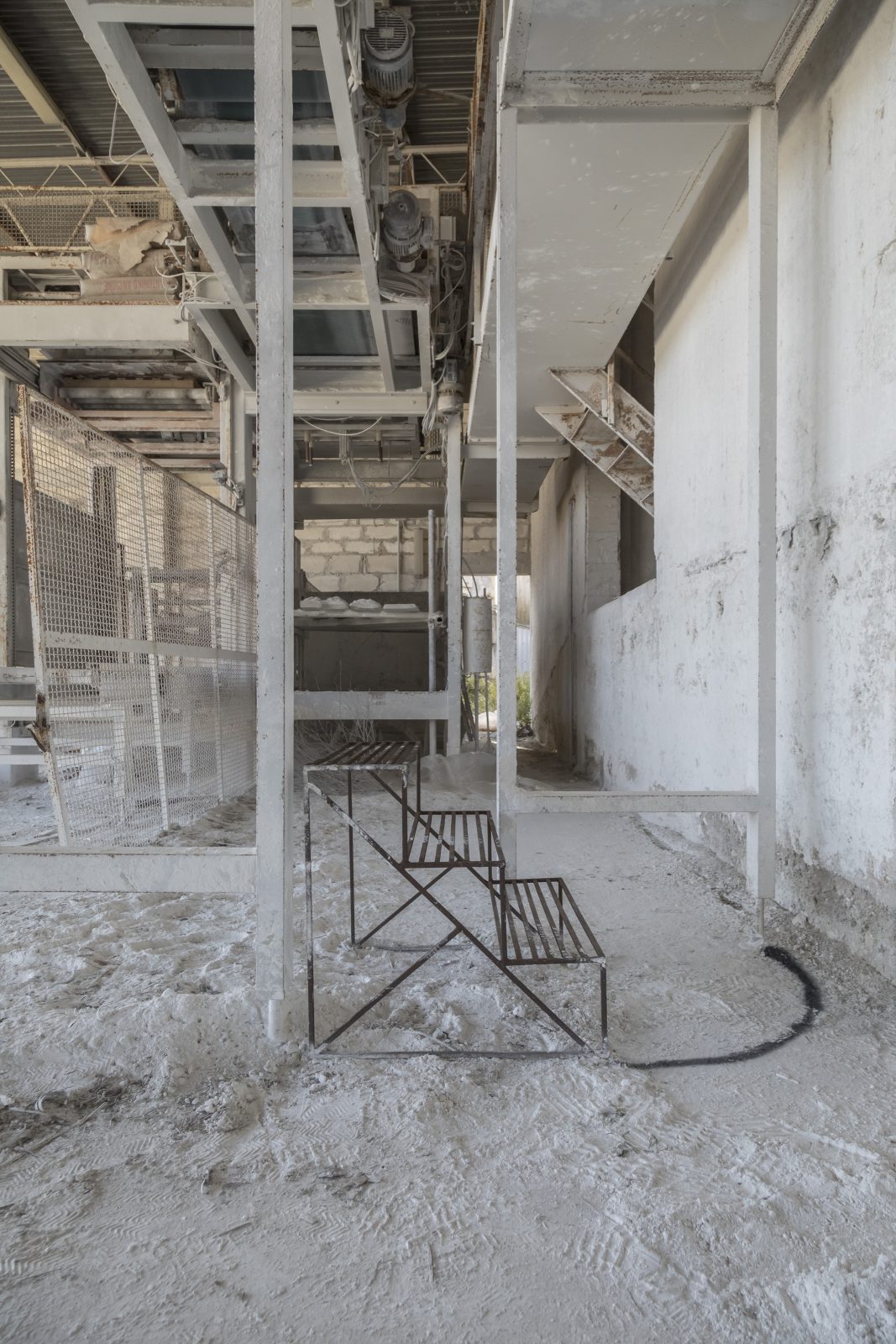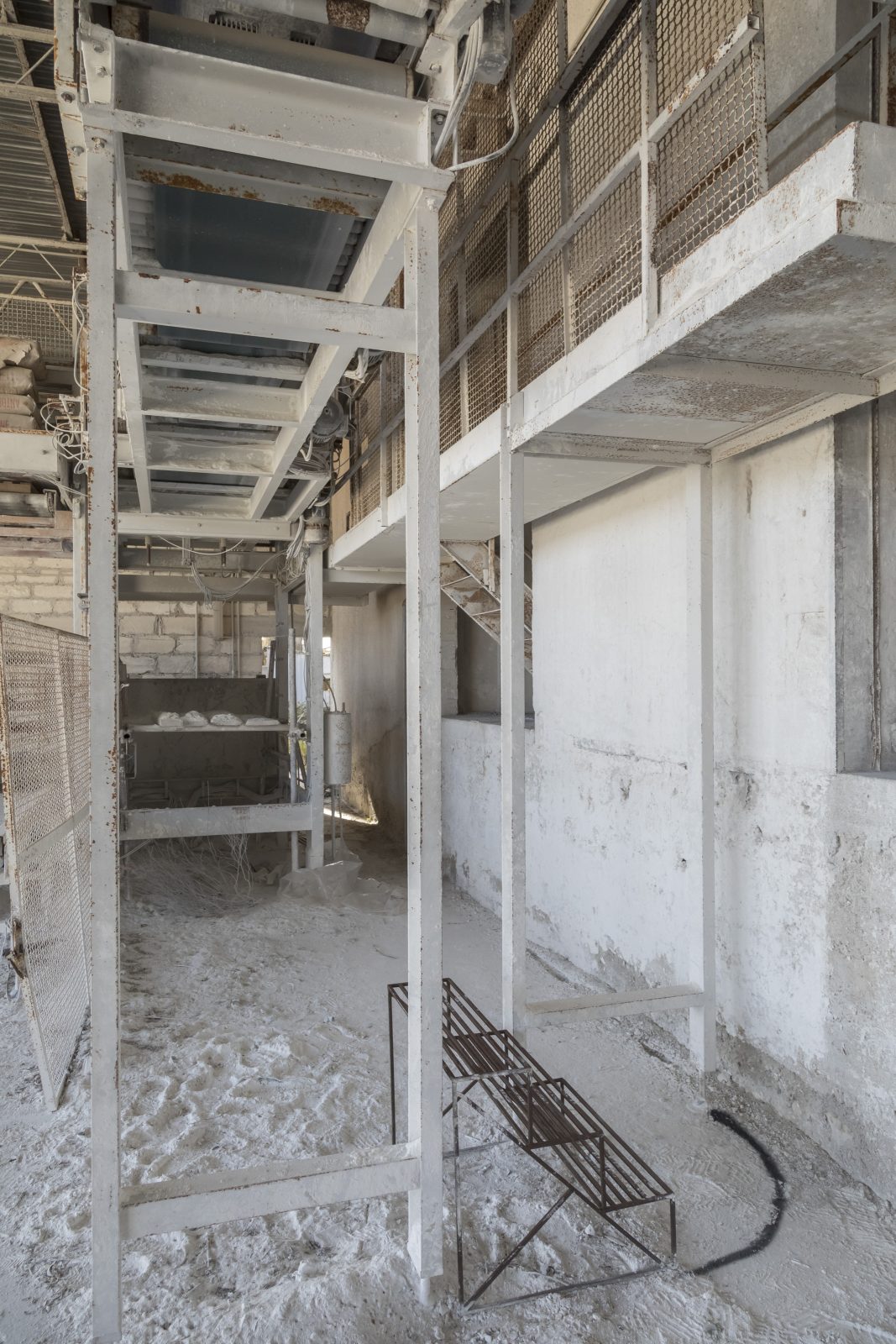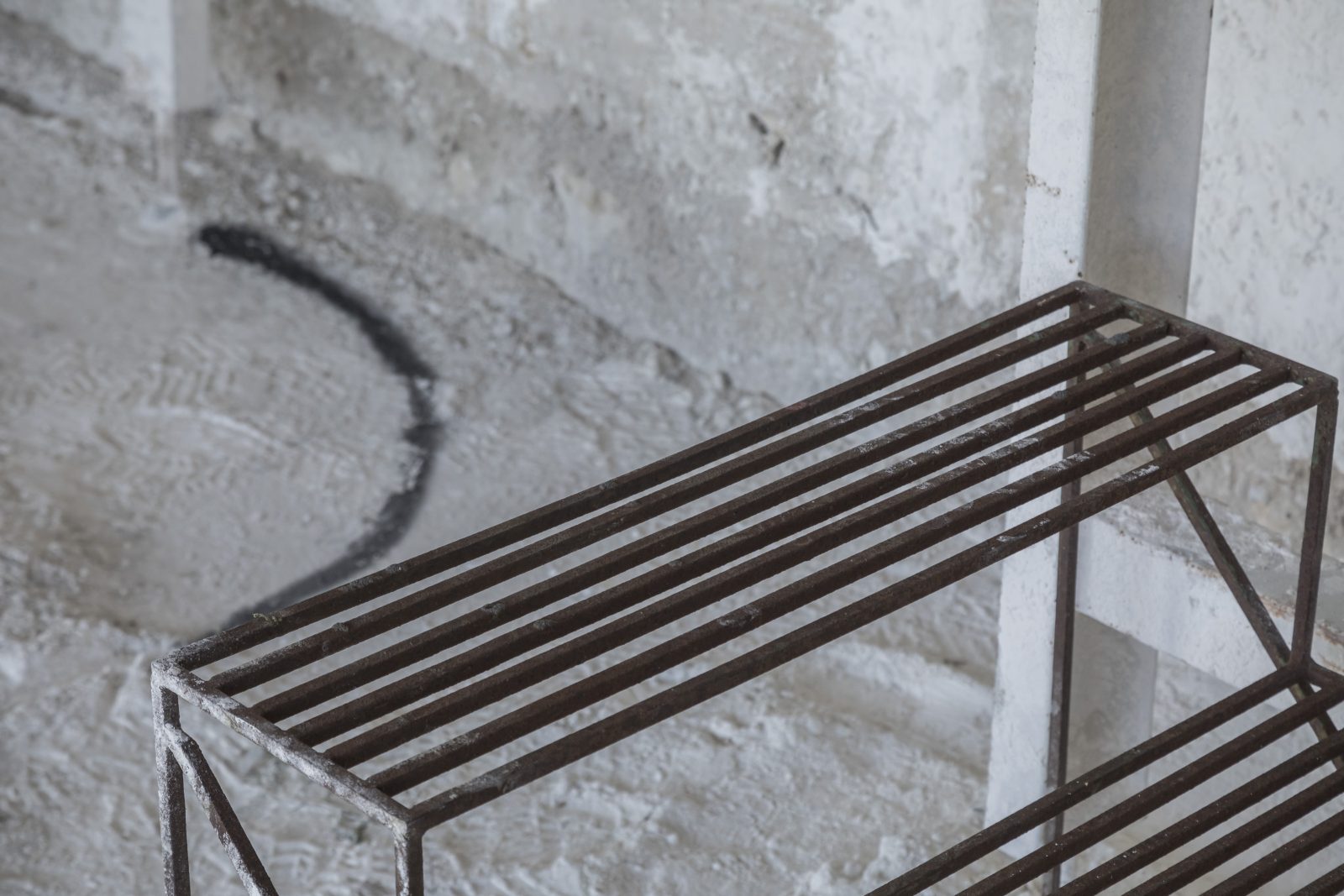Dismantle: Once we get to the top





Conceived in 2020 during an artistic residency at the former A. Ancione industrial plant in Ragusa, Dismantle: Once We Get to the Top unfolds as a critical investigation into industrial decay, human intervention, and the impermanence of capitalist constructs. Through a series of site-specific interventions, the work engages directly with the monumental industrial architecture of the region, probing the tension between technological ambition and inevitable obsolescence. The installation reflects on anthropization, the transformation of natural landscapes by human hands, and the enduring imprint left by industrial activity.
The towering iron structures, once symbols of economic power and security guaranteed by subterranean mineral wealth, now stand as fragile monuments to systemic failure. A promise of stability embedded in resource extraction quickly yielded to technological redundancy and shifting economic models. In doing so, these structures reveal the deep contradictions of a capitalist system that extracts value from nature while producing environmental, economic, and political burdens for future generations. As Mark Fisher writes, “We are pervaded by this capitalist realism, that is, by the widespread feeling that not only is capitalism the only viable political and economic system today, but that it is impossible to even imagine a coherent alternative.”
Within the former plaster-bagging area, the artist discovered abandoned bags of chalk, which were scattered across the hangar floor. The chaotic traces generated by moving through this space expose the human mark in its raw unpredictability, highlighting error and imperfection as integral to the process of creation and observation. At the center, a ladder—stripped of its original function—invites viewers to ascend. This act of climbing becomes a metaphor for aspiration and the human desire to overcome limitations. Yet in Dismantle, the ascent is ultimately meaningless: reaching the top necessitates a descent, confronting viewers with collapse and impermanence. The installation thus embodies a critical reflection on failure, decay, and the fragility of industrial and capitalist systems, situating human agency within broader ecological, temporal, and socio-political contexts.